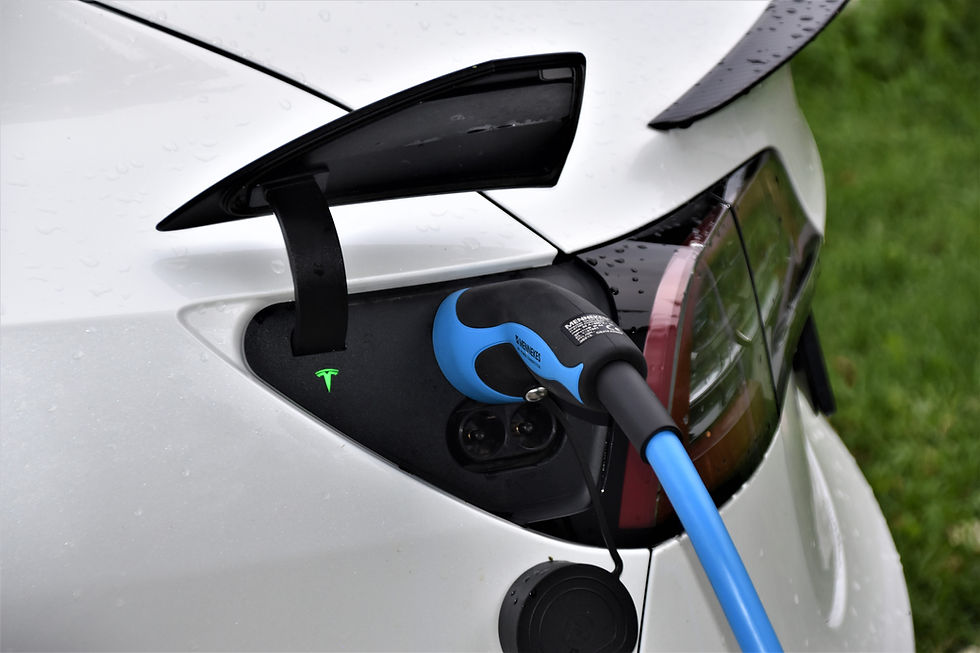FMG Industry Analysis: How do Tier 1 automotive suppliers deal with the changing vehicle market?
- Juanita Schwartzkopf
- May 13, 2021
- 3 min read

The impacts of Covid-19 on the automotive industry have accelerated and intensified changes already underway in the industry. No one disputes the supply chain issues that the industry experienced from manufacturer to the smallest supplier during the various shutdowns by states during 2020.
From 2015 to 2019 the number of new vehicles sold in the US had been between 17 and 18 million vehicles. In 2020 the industry experienced a 15.83% decline to 14.7 million vehicles. The monthly new vehicle sales from January to March 2021 returned to the pre-Covid levels of 2019, but April volume was higher than 2020 yet did not reach 2019 levels.
What has that experience taught us about the future? And, what industry influences are continuing?
First let’s consider vehicle size. For years the large SUVs and pickup trucks have dominated the marketplace. That is certainly continuing. But, don’t underestimate the impact of fear of public transportation on the call for smaller vehicles to reduce commuting costs. Automotive suppliers in the SUV and pickup truck product lines have had more volume success, and experts anticipate that trend to continue.
Next let’s consider the move to electric and autonomous vehicles (“EV/AV”). Manufacturers have transitioned fleets toward electric powered vehicles with aggressive promises to convert large percentages of the product lines to EV/AV. In April 2021 Mercedes-Benz announced its 2022 EQS vehicle will be in US showrooms in the fall of 2021. The majority of carmakers are promising roll outs of EV/AVs from 2021 to 2025. According to the NY Times, electric vehicles will grow from 2% or fewer of annual new vehicle sales to 60% of new vehicle sales by 2050. Others believe that percentage of EV/AVs will exceed 50% by as early as 2030. EV/AVs are not limited to small vehicles, with GM and Ford both expecting large SUVs and/or pickup trucks to be electric in a short period of time.

We should also consider vehicle wear and tear, and how that impacts vehicle sales. With the movement toward work from home (“WFH”) consumers may be using their vehicles less which could prolong the useful life and the replacement cycle of vehicles for years to come. However, the movement out of cities to suburbs or more rural areas may require more vehicle use. These are evolving trends to a New Normal that will impact consumer trends moving forward.
Coming out of 2020, the crystal balls that predictors used in the past to anticipate future performance and trends have become increasingly cloudy. The tier 1 automotive suppliers and their suppliers are no different.
Companies in this sector and their lenders will need to evaluate contracts with the automotive manufacturers to make the best use of working capital, and supply chain planning for existing product lines. The suppliers will also need to anticipate near term and long term consumer trends as they determine whether to compete for various product line components in the future.
Best practices in this sector need to be focused on working capital management, supply chain management and logistics management. These have always been important planning tools for the businesses, but 2020 has underscored the positive and negative impacts of managing these requirements.
Like what you read?
In case you missed it, these are the previous topics covered in our Focus Management Group Industry Analysis series:
Part 1: Crop Farming
Part 3: Restaurants
Part 4: Skilled Nursing Facilities
Part 5: Agronomy Services in 2021

Komentar